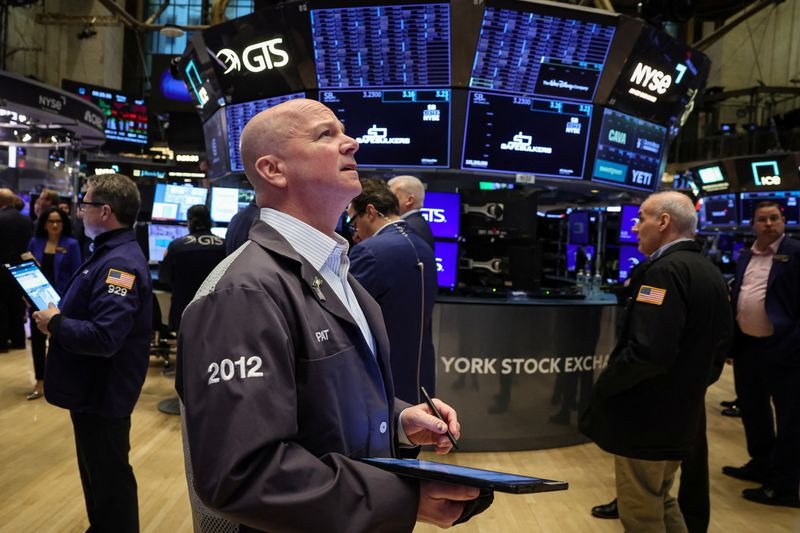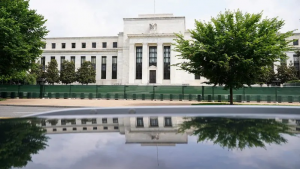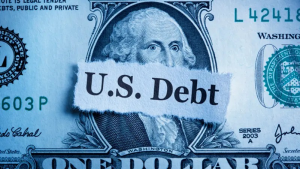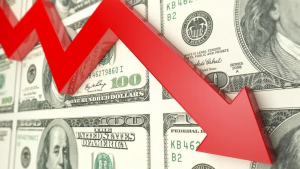U.S. stock futures rose Sunday evening after major Wall Street indexes saw weekly gains with the S&P 500 and Nasdaq hitting record closing highs, while President Donald Trump’s tax cut bill advanced in the Senate.
S&P 500 Futures inched 0.3% higher to 6,241.75 points, while Nasdaq 100 Futures rose 0.4% to 22,841.75 points by 20:45 ET (00:45 GMT). Dow Jones Futures were trading 0.5% higher at 44,342.0 points.
Trump’s tax cut bill advances in Senate The Senate on Saturday narrowly approved a 51–49 procedural vote to open debate on President Donald Trump’s comprehensive “One Big Beautiful Bill,” combining tax cuts, domestic spending changes, and border security provisions
The bill’s advancement sets up a high-stakes week of legislative maneuvering, beginning with up to 20 hours of debate.
According to a Congressional Budget Office (CBO) estimate, the Senate’s version of the bill would add approximately $3.3 trillion to the federal deficit over the next decade.
Despite Senate Republicans aiming to wrap up the process before the July 4 holiday, the bill faces further hurdles in the House, where members have raised objections to the deficit impact and rushed timeline.
The Republican-controlled U.S. House of Representatives passed its version of the bill last month.
S&P 500, Nasdaq hit record closing highs In the regular trading session on Friday, the S&P 500 rose 0.5% to an all-time closing high. The NASDAQ Composite also closed 0.5% higher, reaching its record peak.
3rd party Ad. Not an offer or recommendation by Investing.com. See disclosure here or remove ads. The Dow Jones Industrial Average jumped 1%, and was just short of nearly 3% to scale a record closing high.
Markets advanced last week on rising expectations of a Federal Reserve rate cut, spurred by weaker-than-expected inflation data. Sentiment was further lifted by hopes that trade agreements could be reached before President Trump’s July 9 deadline.
Investors also reacted positively to the Israel-Iran ceasefire brokered by Trump.
Fed Chair Jerome Powell emphasized caution last week, stating that tariff-driven inflation increases are expected in upcoming data. Still, markets have shifted expectations toward cuts, with futures now pricing in two reductions later this year.













